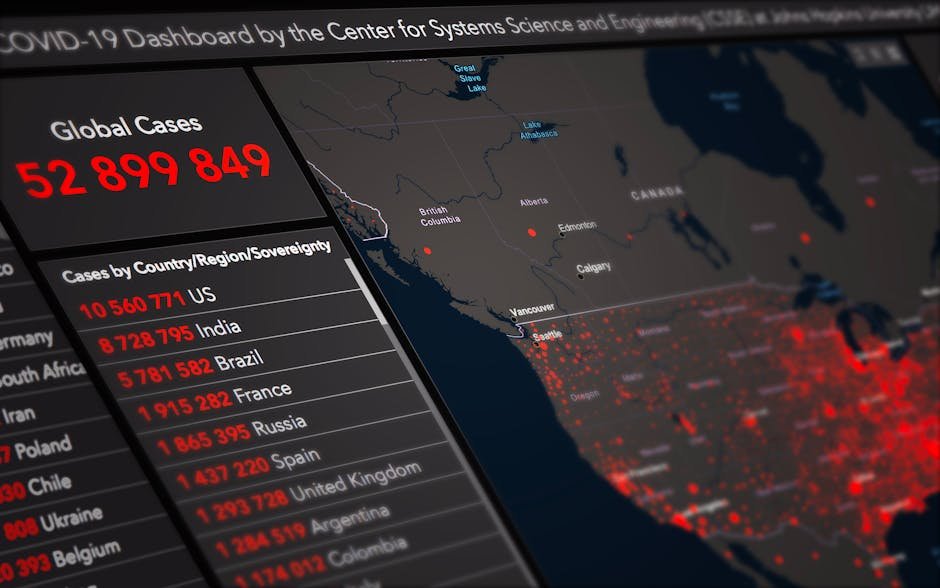Global Surge in Digital Nomad Visas: A 2025 Overview
The year 2025 has witnessed a significant upswing in countries offering digital nomad and remote work visas, reflecting a global shift towards attracting skilled remote workers and boosting national economies. This trend, fueled by advancements in technology and a post-pandemic reassessment of work-life balance, is reshaping international migration patterns and impacting global labor markets. This article analyzes the current landscape, highlighting key trends and potential future implications.
The Rise of the Digital Nomad Visa: A 2025 Phenomenon
The increasing availability of digital nomad visas in 2025 reflects a conscious effort by many nations to attract a highly skilled, internationally mobile workforce. These visas offer individuals the ability to work remotely while residing in a foreign country for an extended period. Governments see this as an opportunity to stimulate economic growth, diversify their economies, and attract talented individuals who contribute to their societies beyond just tourism. The ease of remote work, facilitated by sophisticated communication and collaboration tools, underpins this global trend.
Key Drivers of Growth
Several factors have contributed to the proliferation of digital nomad visas in 2025. These include the increasing acceptance of remote work by global companies, the desire for improved work-life balance among professionals, and the appeal of experiencing different cultures while working. The ongoing global uncertainty has also prompted some individuals to seek greater professional mobility and diversify their income streams. The competitiveness among countries to attract digital nomads is driving further innovation and flexibility within these visa programs.
Top Destinations for Digital Nomads in 2025
While a definitive ranking is difficult due to differing visa requirements and application processes, several countries have emerged as popular destinations for digital nomads in 2025. These countries are actively promoting their programs, often emphasizing factors such as cost of living, quality of life, and ease of visa acquisition. The specific criteria for ‘top’ vary by individual needs and priorities, so the ranking is not universally agreed upon. However, consistent factors of attraction emerge in the analyses.
Leading Countries & Their Appeal
While precise data on visa applications and approvals remains fragmented, anecdotal evidence and media reports suggest strong interest in countries such as Portugal, Spain, and several Southeast Asian nations. These locations offer a blend of attractive climates, relatively affordable living costs, and comparatively straightforward visa application procedures. This creates a favorable environment for attracting digital nomads seeking a blend of professional opportunities and lifestyle enhancements. The competition for attracting this talent pool is intense.
Economic and Social Impacts: A Shifting Global Landscape
The influx of digital nomads is presenting both economic opportunities and social challenges for host countries in 2025. While these individuals contribute significantly to local economies through spending and taxation, the potential strain on infrastructure and housing markets needs careful consideration. Many countries are developing proactive strategies to mitigate negative impacts while maximizing the positive contributions of this workforce. The issue of equitable access to services for both local residents and digital nomads is an emerging challenge.
Economic Opportunities and Challenges
- Increased tax revenue from digital nomads.
- Stimulation of local businesses catering to their needs (co-working spaces, restaurants, etc.).
- Potential strain on housing markets in popular destinations.
- Possible competition for jobs in certain sectors.
The Future of Digital Nomad Visas: Trends and Predictions
The current trend indicates a continued growth in the number of countries offering digital nomad visas in the coming years. However, the specifics of these programs will likely evolve, reflecting the changing needs of both host countries and digital nomads themselves. Governments are likely to further refine their visa programs to ensure they attract high-value workers while mitigating potential negative consequences. The focus will likely shift towards attracting skilled individuals who contribute significantly to the economy and society.
Adapting to Future Demand
- Increased emphasis on skills-based selection criteria for visas.
- Development of more specialized visa programs targeting specific industries or skill sets.
- Greater collaboration between countries to share best practices and coordinate visa programs.
- More stringent regulations to address potential issues related to tax evasion and social integration.
Conclusion: Navigating a New Era of Global Mobility
The rapid expansion of digital nomad visas in 2025 represents a fundamental shift in international mobility and labor dynamics. This trend necessitates a proactive and adaptable approach from both governments and individuals. Countries need to develop comprehensive strategies to manage the social and economic impacts, ensuring that the benefits of attracting this workforce are shared broadly. Individuals seeking to embrace the digital nomad lifestyle must carefully research their chosen destination, understanding the visa requirements, local laws, and cultural nuances. The future of work is undeniably becoming more mobile and globally connected, and this trend is only expected to strengthen in the years ahead. The careful navigation of this new landscape will be crucial for both individuals and nations alike.







